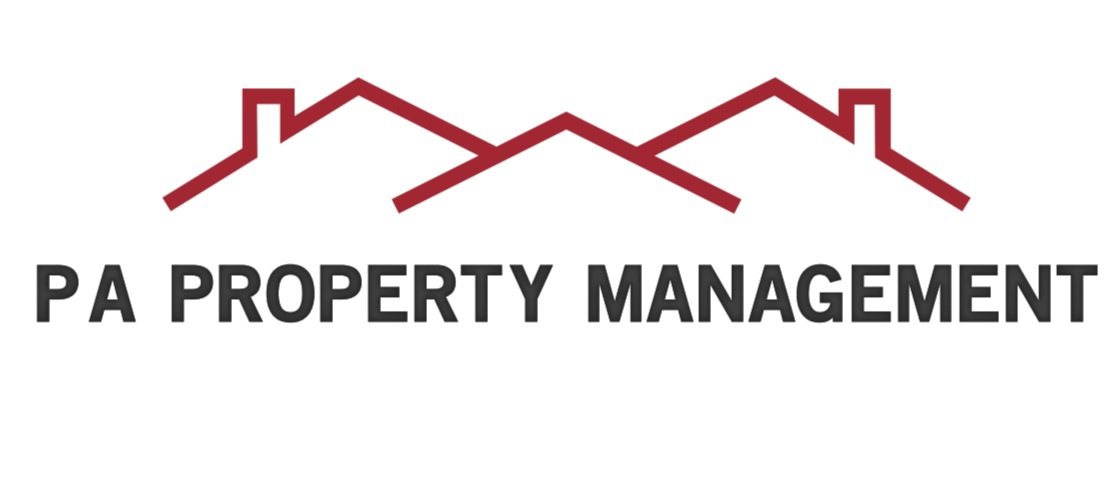CONDO OWNERS ASSOCIATION — A BRIEF INTRODUCTION.
When developers began building planned communities with common (jointly owned) open areas and amenities, this sharing of common interests appeared to be the next logical step in community development. But it created a new question, “Who’s going to be responsible for what we own together?”
In many instances this means the creation of a condominium (condo) owners association which was organized to maintain those elements owned in-common and protect the common interests of the owners.
A buyer automatically becomes a member of the association with the purchase of a home within the development. As a member, s/he has a voice and a vote in the management and governance of the association. The most common exercise of this right is to elect an association member to the Board of Directors (Board of Trustees). This group of community volunteers has the fiduciary duty to the association and, as a practical matter, for the arrangement of the property. The day-to-day running of the association is most commonly performed by an Association Property Manager who specializes in condo and HOA association management. s.
GOVERNING AND LEGAL DOCUMENTS DEFINED
When the developer plans a project, a set of legal documents is created that establishes the condominium association, governs its operations, and provides rules for use of all properties in the community. In order to have a successful community, it is important that all owners are familiar with the governing documents.
The governing documents consist of the following:
DECLARATION OF CONDOMINIUM OWNERSHIP
The Declaration contains a legal description and “declares” the property as a community association; it is recorded with the county wherein the property is located. It also details each owner’s property rights and the conditions for use of his/her property, and his/her rights and obligations in the Association. These legally binding covenants, conditions, and restrictions govern the day-to-day activities in the association.
They are not set up to be unnecessarily restrictive, but to make owning a condominium a more pleasant experience and to assure that an established quality of life is maintained throughout the community.
ARTICLES OF INCORPORATION
The Articles of Incorporation establish the Association and its purpose, structure and powers. Condominium Associations are not-for-profit corporations.
BYLAWS (RULES and REGULATIONS)
The bylaws control the internal governmental operation of the association itself. It too is recorded with the county and defines aspects such as owner voting rights, number and terms of board members, and association procedures.
BOARD-GENERATED RULES
The Declaration and Bylaws are generally written by the developer’s attorney. In some cases these declarations and bylaws give the Board of Directors (Trustees) authority in specific areas to create additional or clarifying rules. Once disseminated by booklet or other printed material, in today’s modern association the web has become the preferred method to communicate with and connect the owners of the association.
OHIO REVISED CODE
In addition to the declarations, condominiums are subject to state law specifically for condo associations. For Ohio the laws are described in the Ohio Revised Code (ORC) 53.11.
